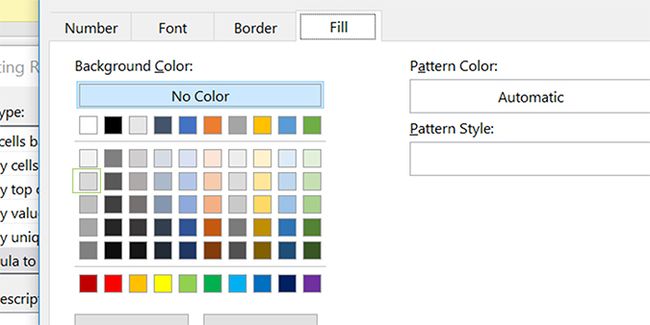

While not as versatile as perhaps Microsoft’s Excel, Sheets is good enough for most users. Google Sheets is a powerful spreadsheet app. Just select ‘Copy permissions from another range’. What’s more? You can copy permissions from other cell ranges too that you had previously protected in the drop-down menu. You can also set permissions for who all can edit the protected cell range. Step 3: You can choose to display a warning message when someone tries to edit the cell range. If you are sharing the sheet with others, they will know what they are not supposed to do. Step 2: You can enter the description to remember why you locked the cell range. Right-click on the selected cell range and select the Protect range option. Step 1: Select the cell range that you want to protect from further changes. To avoid such situations, just lock the cell range. Sometimes, you press the wrong keyboard shortcut and mess things up. Here is a bonus tip that will make sure that you don’t face this problem in the future where cells turn green or notice a green line after a random cell in Google Sheets. Step 2: Click on Remove alternating colors option at the bottom of the right sidebar that just popped open. Step 1: Click on Format and select Alternating colors option.

If that’s the case, only the first or last cells should have been highlighted in green. You can also format header and footer in Sheets. Delete the rule and check if you can see any green cells or lines. You will see a Delete icon next to each conditional formatting rule. Step 2: Check if there is any formatting set for the cell that is turning green and remove if you find any. Step 1: Select Conditional formatting under the Format menu. I know it is basic, but that’s pretty much how it works. For example, turn all cells with the alphabet ‘a’ (cause) green (effect), as shown in the screenshot below. A typical example can be highlighting a cell. Conditional FormattingĬonditional formatting allows you to format cells or even entire rows and columns based on your input. Select the highlighted cell, click on the Data menu, and select Turn off filter option. It will also highlight the cell in green color. The filter option will allow you to make some sense of all the data that you have input. That can happen even if no one else is using the file or even accessing it. It can be your smartphone or that office laptop. Figure out where it is open and close the duplicate instance. That is a telltale sign that the same document is open on a different device or same device but in a different browser tab. File Open Elsewhereĭo you notice a green border around a particular cell? The cell is not filled with color here. Check browser search and clear it right away. It is also possible that the search bar is not visible but is still searching in the background resulting in the cell being highlighted. Did you search for something inside Google Sheets? Your browser or Sheets document will highlight the cell that contains the value that you searched for to make it easier for you to locate it.


 0 kommentar(er)
0 kommentar(er)
